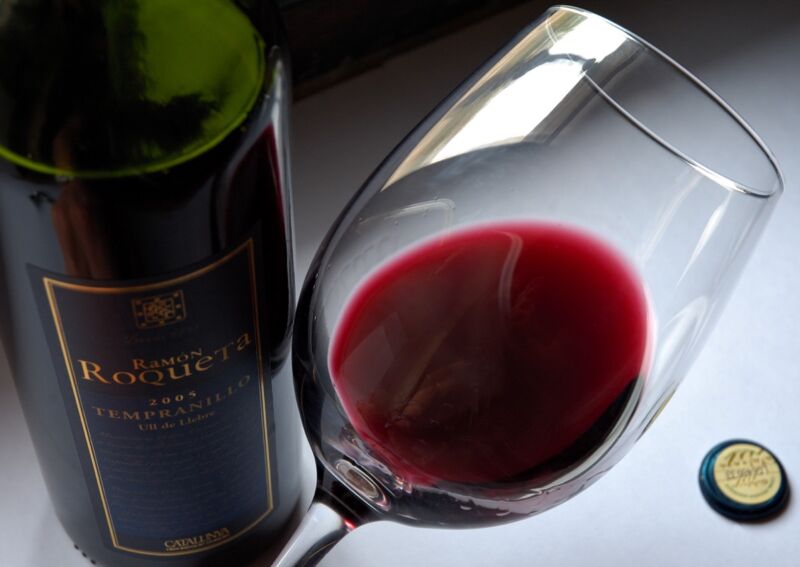-
chevron_right
My top restaurants and food discoveries from 20 years of writing about France
news.movim.eu / TheGuardian · Saturday, 23 March - 07:00
From roadside picnics to Michelin-star restaurants, the former editor of France magazine picks her most memorable foodie moments
Standout moments from nearly 20 years of writing about travelling and eating around France include meals in legendary restaurants and the joy of a shared dinner at a chambre d’hôtes . That said, there’s a venue that can’t be underestimated as an opportunity to enjoy France’s culinary delights: the car boot picnic.
Standing under the shade of an open car boot, I have discovered some products so delicious they didn’t make it as far as a gîte kitchen or dining table. It might have been a chunk of comté so fruity it didn’t get beyond the car park on market day. There was the punnet of gariguette strawberries bought from a farm in Brittany’s Plougastel-Daoulas, famous for its microclimate. My family and I each took a bite and stared unbelievingly at each other – the sweetness was off the scale.
Continue reading...


